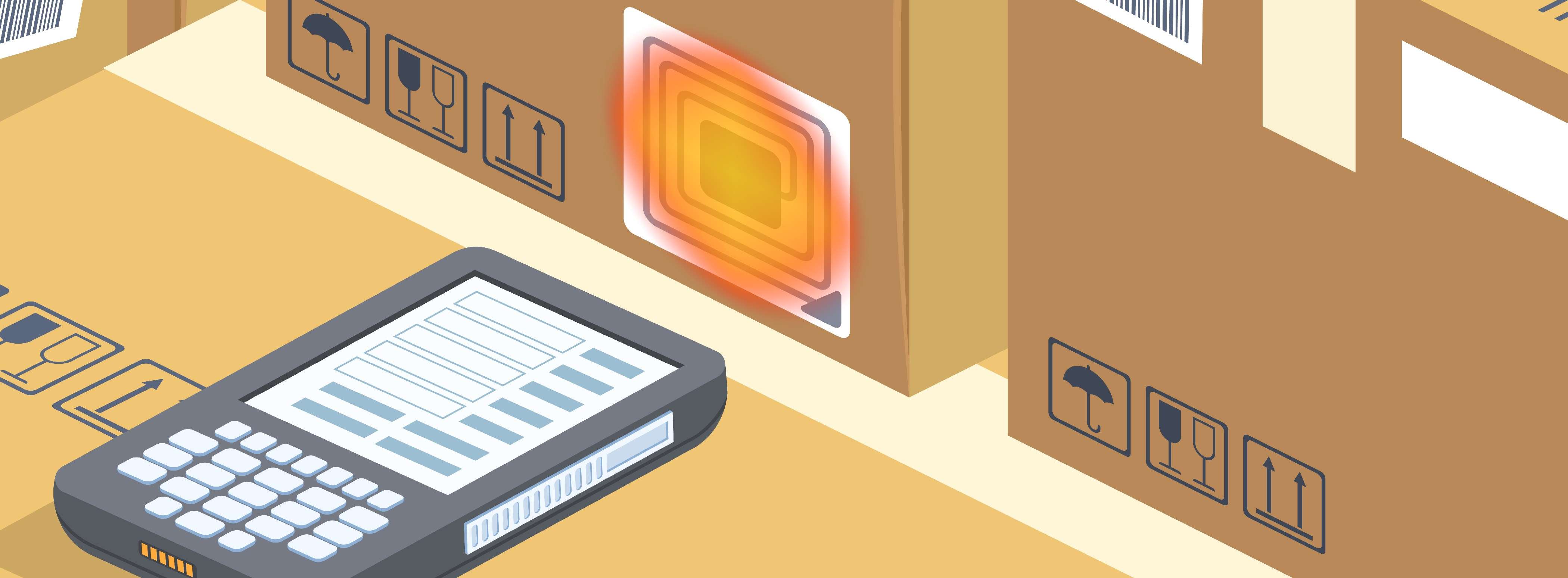
What is Logistics?
A process which used to make plan, implement the plan, control the flow of goods effectively and efficiently and storage the goods, services and other information from starting point to ending point to meet the customer requirements is known as Logistics.
What is E-commerce?
A process of buying and selling a product with the help of internet and other technological application is known as E-commerce. This will be completely B-2-C. This process is customer centric process.
What is E-Logistics?
A logistics process or operation is happening via internet is known as E-Logistics. Best examples of E-Logistics are Amazon.com, Flipkart.com and WalMart and So on.
The main aim of E-Logistics is delivered the right product in right quantity at right place and in right time to fulfill the customer requirement. Customer satisfaction is main aim in E-Logistics.
Traditional Logistics Process:
Earlier day’s product or material is delivery happened in a specific order. It consists, initially raw material is moving forward to the key supplier then after that, it delivers to a manufacturer where the product is ready to serve the customer. After the manufacturer, ready product/material is delivered to the Distributor. After the distributor, it is delivered to the retailer and finally, it reaches to the Customer. The information flow is vice versa of the Product or Material flow known as reverse Logistics. In the logistics industries, Communication plays an important role.
Today’s customer demand scenario:
- Customize product
- High speed delivery at any location
- Complete flexibility in order process
- Tracking of product/Material
- Easy and Flawless product return system
Major difference between E-logistics process and Traditional logistics process:
Process involved in E-Logistics:
- Payment Method
- Online Check product availability
- Shipment arrangement process/Tracking
- Insurance/Security for product
- Replenishment
- Direct contact with end customers
- Return process/feedback process
Various options for handling E-Logistics:
- In-house functionality
- Outsource from Third Party
- Drop Shipping Method
Software process used in E-Logistics:
- ERP system
- SAP
- Cloud Computing for Data base management
Pros of E-Logistics:
- It provides speed to market
- Highly flexible
- Increase efficiency to process
- Customer centric approach
- Small Capital investment
- Real time support
- Easy flow of communication
- Track and Trace your product/material or service
Barriers in E-Logistics:
- Worldwide trade management
- International terrorism
- Cyber attacks
- Economical barriers
- Educational barriers
- Lack of IT knowledge
- Conflicts in employees
Use of Information Technology in Logistics system has given birth to E-Logistics. Customer centric approach has increased in E-Logistics due to which transparency increased in processes as well in business. Due to E-Logistics, geographical limitation is getting eliminated and hence generating new business becomes smoother.
Categories :
Logistics
can you buy viagra legally online where to buy viagra online without prescription
Here is your quotation regarding the promotion of your Google Maps listing
https://www.ghostdigital.co/google-maps-citations/
You need to be a part of a contest for one of the most useful sites on the web. I will recommend this site!
I’m not that much of a internet reader to be honest but your
sites really nice, keep it up! I’ll go ahead and bookmark your website to come back later.
Many thanks
A big thank you for your article.